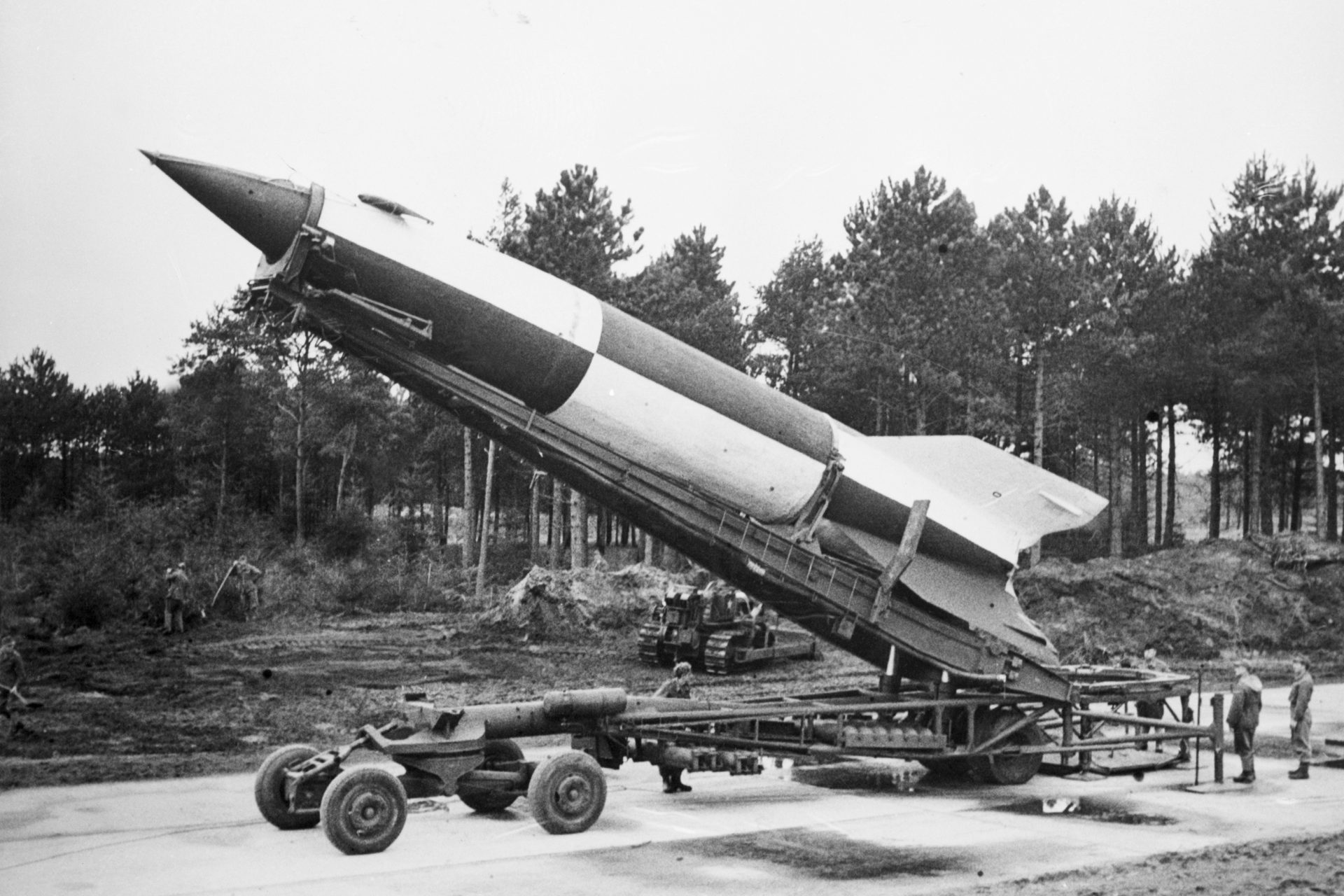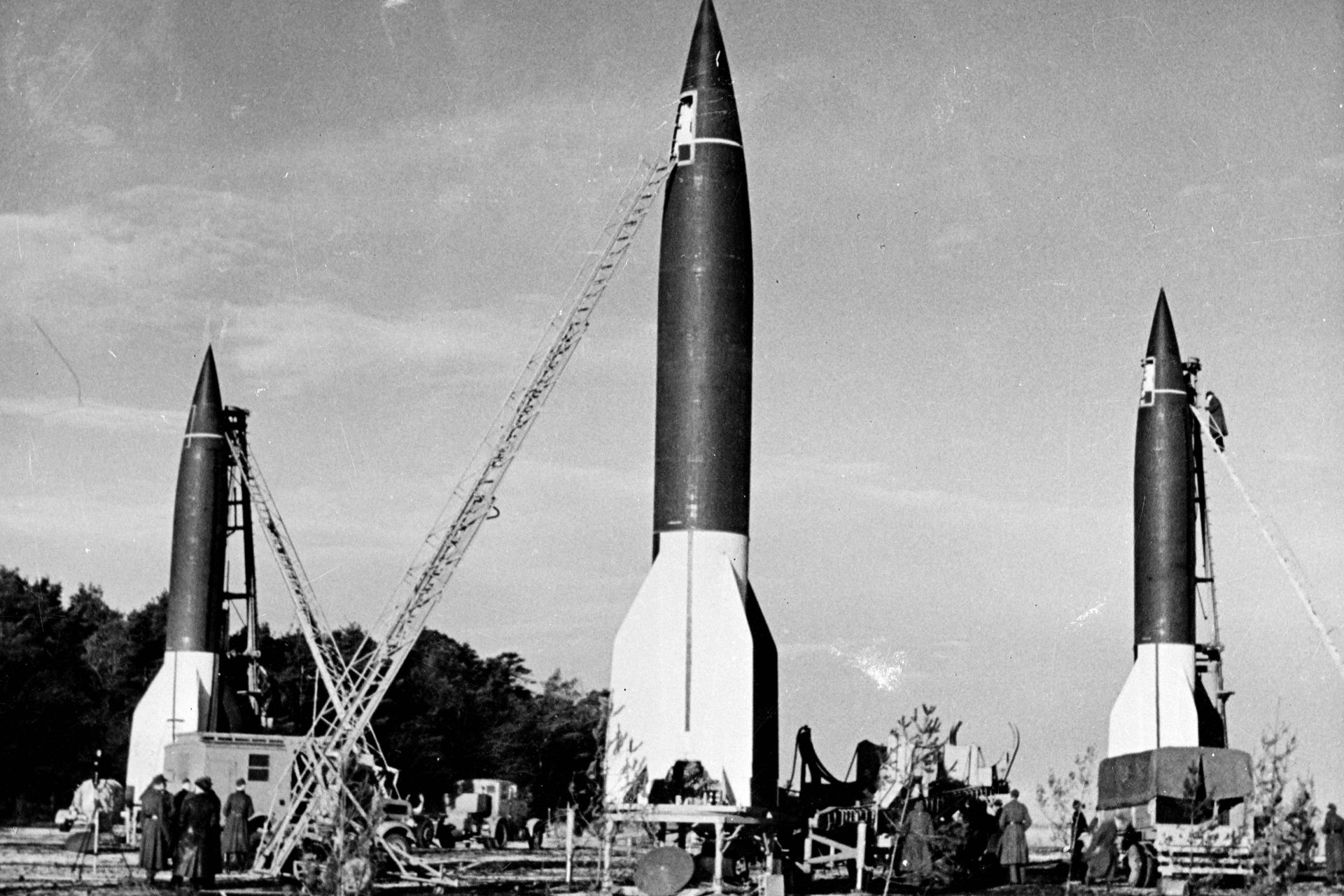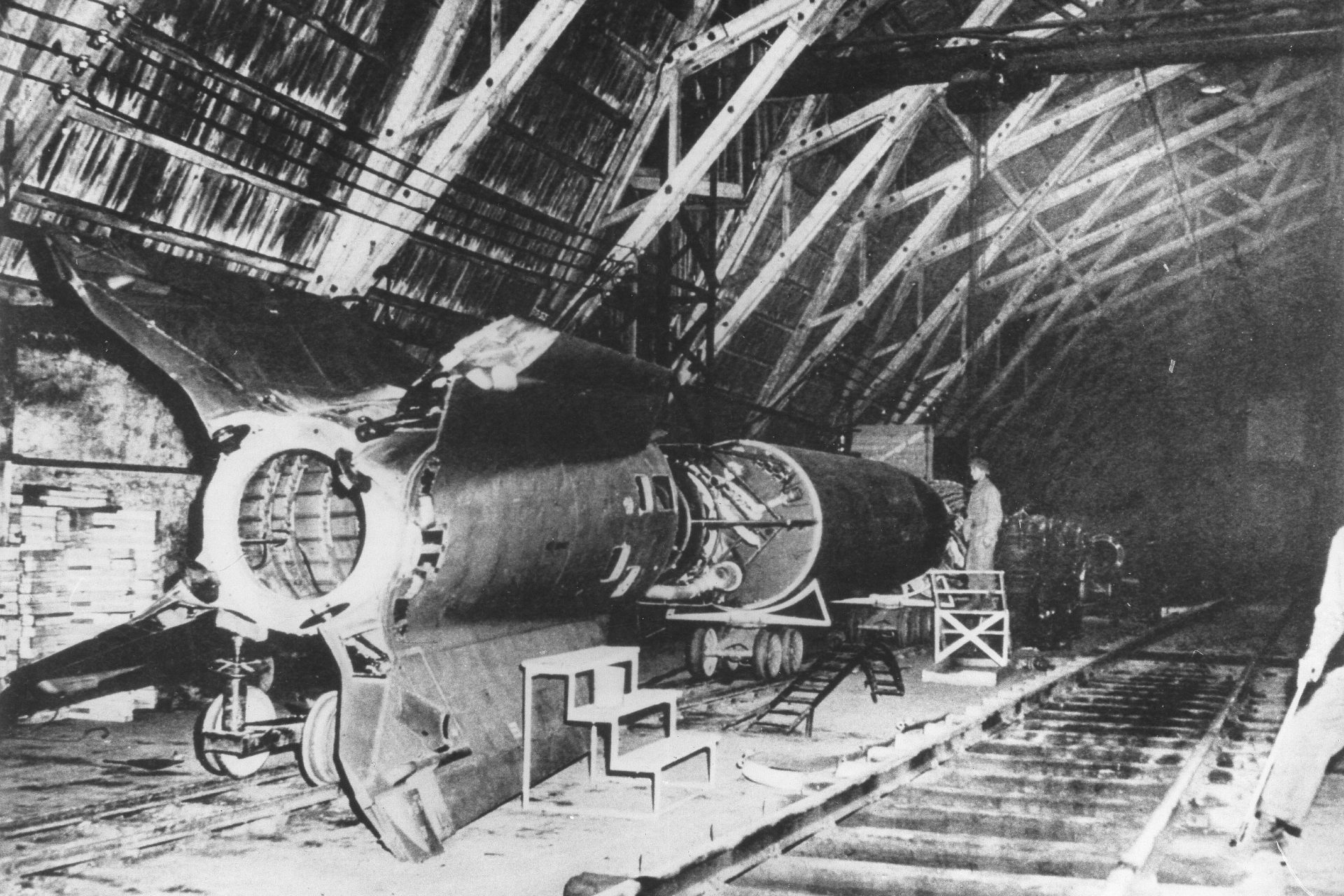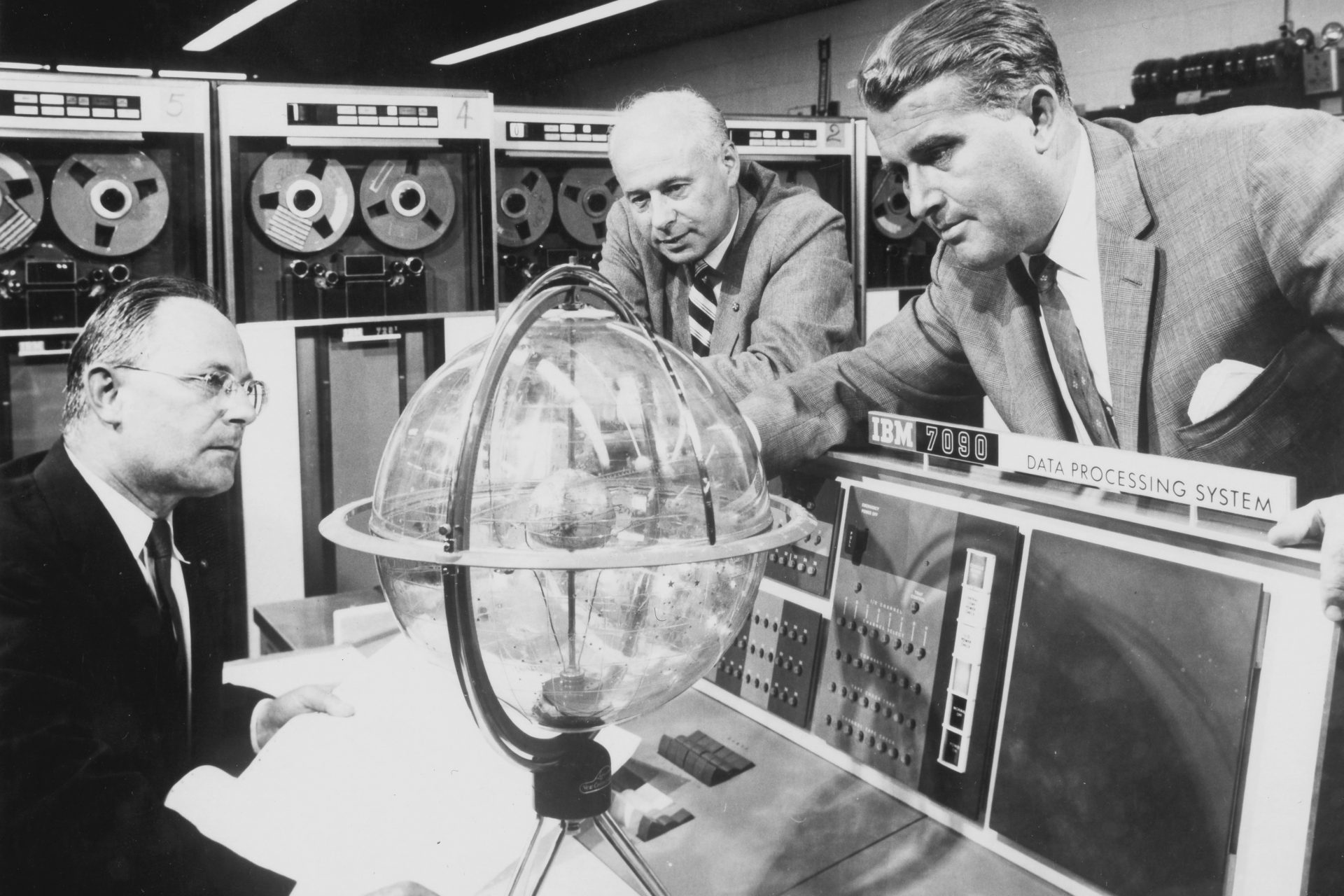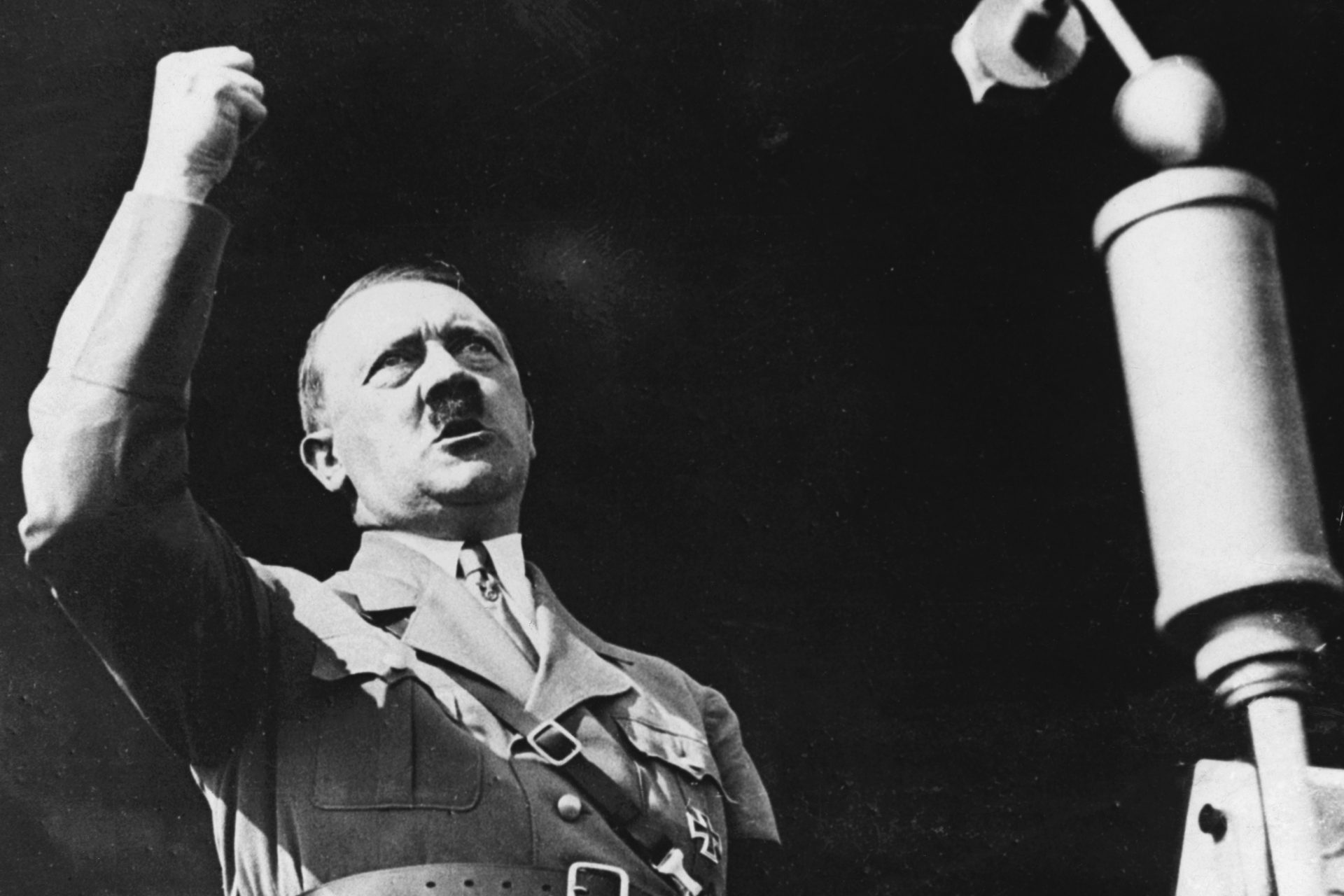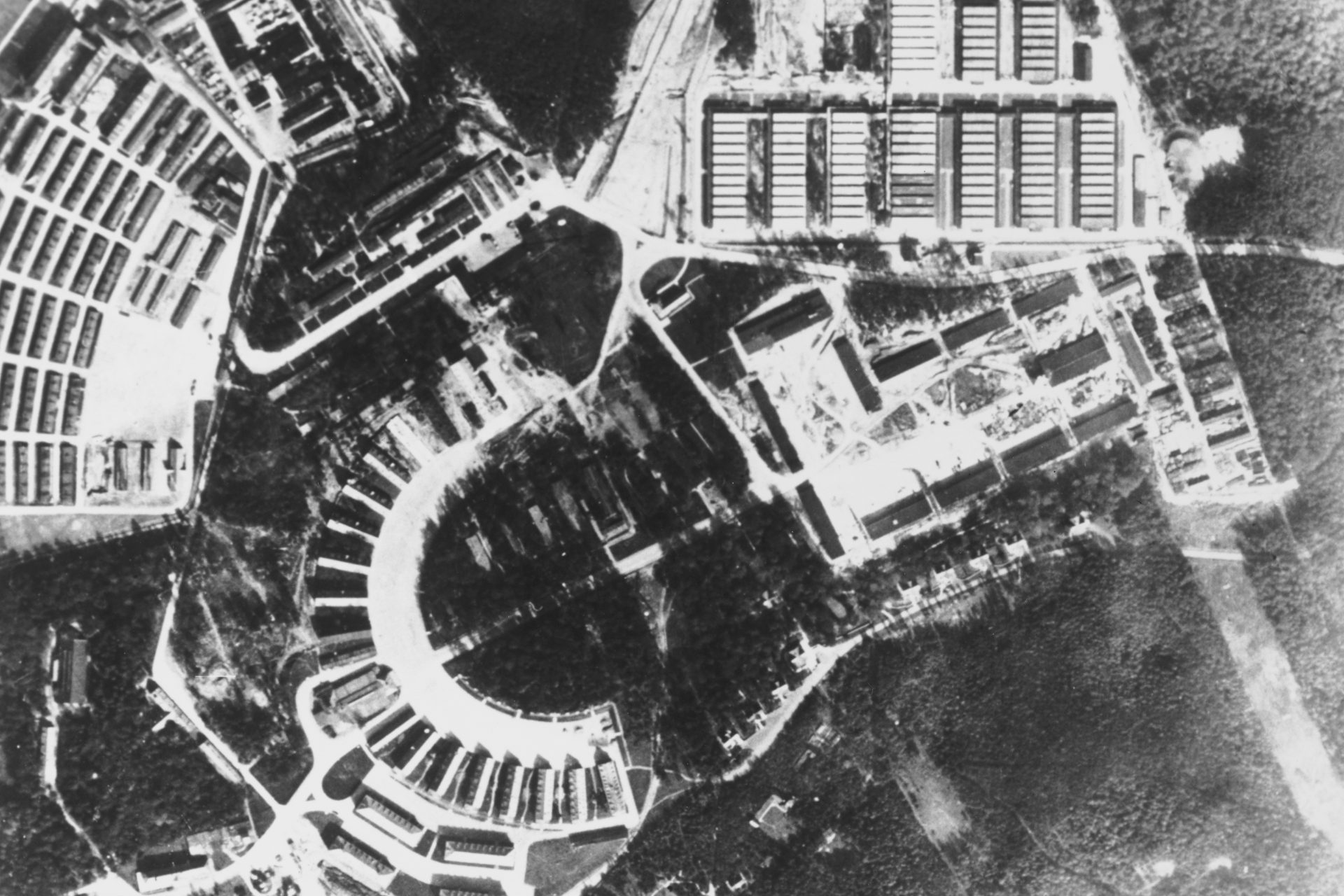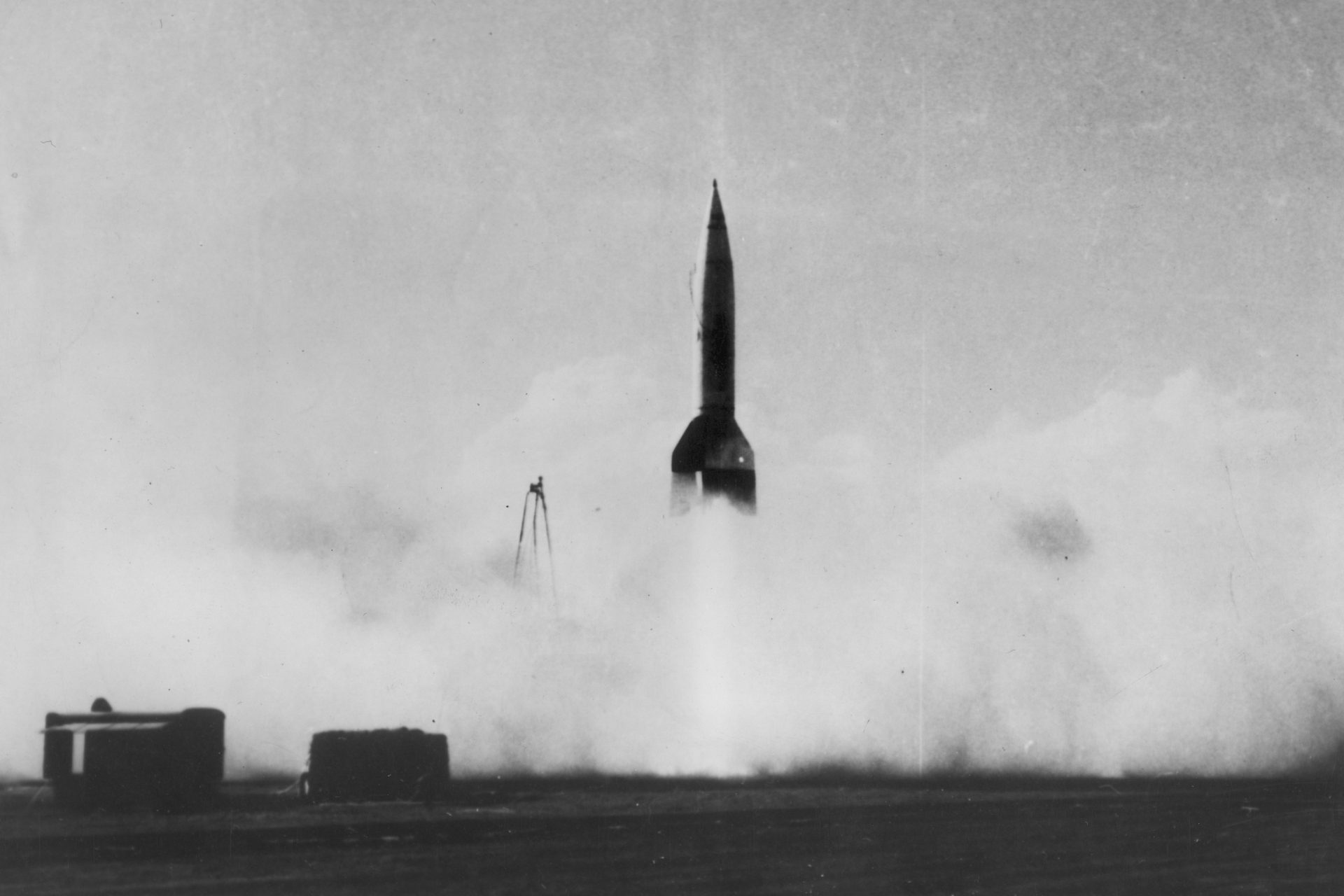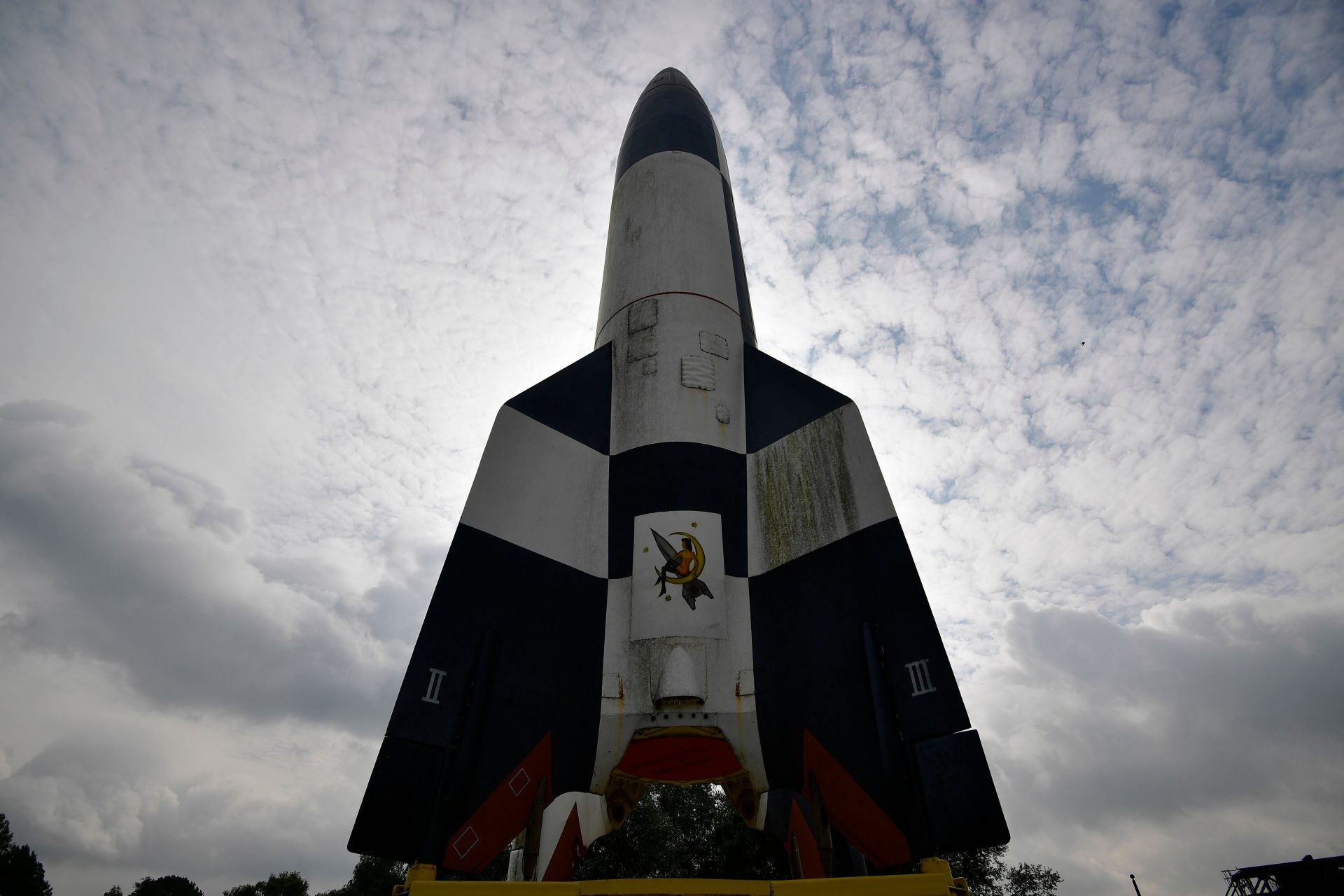Experts look into the secrets of Nazi rocket science
It was the forerunner of the science that took the man to the moon. An early masterpiece of technology and engineering that Hitler turned into a deadly weapon. Today, the infamous V2 rocket holds secrets that now are finally revealed in the Deutsches Museum of Munich.
The V-2 rocket arrived at the Deutsches Museum in 1963, where it remained virtually forgotten for a long time. Now scientists are analyzing this 14-meter (45-feet) metal cylinder.
Thermography, electromagnetic radiation in the infrared range, is used to clarify what is underneath the visible paintwork and how many layers of paint are present. The assumption is that an earlier coat of paint underneath the white paint could be a type of camouflage.
Once this and many other questions have been clarified, the restoration of the rocket will begin. “We still have many questions,” says Andreas Hempger, museum curator for historical aviation and space travel, seen here on the right.
“The rocket's design was not intended to be long-lasting. You can see that now,” explained Anna Dohnal who, according to German newspaper Bild, is doing preliminary work for the V2 restoration.
It is estimated that between 8,000 and 12,000 people perished as a result of the use of V2 rockets. Adolf Hitler called them “weapons of retaliation”. Terror weapons would be more accurate.
In total, around 3,000 V2 rockets were fired during the Second World War, mainly at Antwerp and London. The first V2 hit London on September 7, 1944.
Wernher von Braun (1912-1977, pictured right) had been working on the rocket since he was a student. Initially, the goal was to reach space, but even before the Nazis came to power, the German military was extremely interested in Braun's research.
The successes with the forerunners of the V2, which would later go down in history as “miracle weapons”, secured Von Braun the trust of the Nazi leadership from 1937 onwards. He and a team were to develop a large, functional rocket with a liquid engine that could be used for military purposes.
“Around 20,000 concentration camp prisoners died in the Mittelbau-Dora concentration camp complex alone, where the rocket was produced under inhumane conditions,” explains the Deutches Museum. If a rocket didn't work, prisoners were arbitrarily executed.
In the picture: Aerial view of the Mittelbau-Dora concentration camp complex and the factory for the V2.
The V2 was loaded with around 1 ton of explosives. It had a range of 200 miles (ca. 322 km) and reached a speed of 3,200 mph (ca. 5,000 km/h). The 320-second flight to London was mostly at an altitude of 55 miles (ca. 89 km). This meant that it could not be located by any sort of radar at the time.
After the war, the United States brought hundreds of V2 parts stateside, and later the original developer, Wernher von Braun, who sent back a fully preserved rocket back to Germany. According to the museum, once its last secrets have been revealed, the V2 will be preserved as a reminder of the horrors of the Second World War.
More for you
Top Stories



